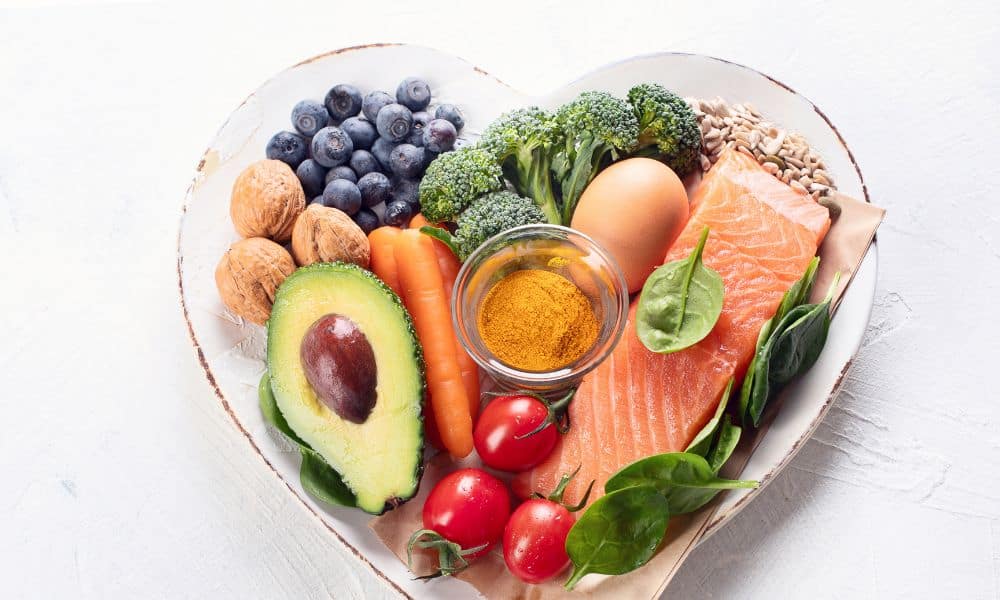Setting the right diet goals can make or break your progress toward better health and fitness. Whether you want to lose fat, build muscle, or improve overall wellness, your diet plays the most critical role. By understanding calorie intake, macronutrient balance, and consistency, you can set diet goals that align with your desired outcomes. Here’s a step-by-step guide to creating a nutrition plan that works for you.
Why Is It Important to Set Diet Goals?
A well-structured diet plan provides a clear roadmap for success. Without specific goals, it’s easy to fall into unhealthy eating habits or fail to see results. Diet goals help you:
- Control calorie intake to support weight loss or muscle gain.
- Improve nutrient intake to enhance overall health.
- Stay consistent by following a structured eating plan.
- Measure progress and make necessary adjustments.
How Do You Define Your Health and Fitness Goals?
Before setting diet goals, you must define your overall health and fitness objectives. Ask yourself:
- Do I want to lose fat or build muscle?
- Am I trying to maintain my weight while improving energy levels?
- Do I have any health conditions that require dietary adjustments?
Once you establish your primary goal, you can tailor your diet accordingly.
How to Set Diet Goals for Weight Loss?
If your goal is to lose weight, you must create a calorie deficit, meaning you consume fewer calories than you burn. Here’s how to structure your diet:
1. Calculate Your Daily Caloric Needs
Use the Mifflin-St Jeor Equation to estimate your Total Daily Energy Expenditure (TDEE):
TDEE = Basal Metabolic Rate (BMR) × Activity Level
Once you find your TDEE, create a calorie deficit of 300-500 calories per day for sustainable fat loss (about 1 pound per week).
2. Prioritize Nutrient-Dense Foods
Instead of just cutting calories, focus on high-satiety foods such as:
- Lean proteins (chicken, fish, tofu)
- High-fiber carbs (vegetables, whole grains)
- Healthy fats (avocados, nuts, olive oil)
3. Use the 80/20 Rule
Stick to whole, unprocessed foods 80% of the time, while allowing 20% flexibility for occasional treats. This approach helps maintain long-term adherence.
4. Track Your Progress Weekly
Monitor weight trends, body measurements, and energy levels rather than relying solely on the scale.
How to Set Diet Goals for Muscle Gain?
For muscle growth, you need a calorie surplus, meaning you consume more calories than you burn, while prioritizing protein intake and strength training.
1. Determine Your Caloric Surplus
Start with a 200-300 calorie surplus per day to gain lean muscle without excessive fat gain.
2. Increase Protein Intake
Consume 0.7-1.0 grams of protein per pound of body weight daily. Great protein sources include:
- Chicken, turkey, eggs
- Salmon, tuna, shrimp
- Greek yogurt, cottage cheese
- Plant-based proteins (lentils, beans, tofu, tempeh)
3. Balance Carbs and Fats
- Carbs fuel workouts – prioritize complex carbs like oats, brown rice, and sweet potatoes.
- Fats support hormone production – include healthy fats like nuts, olive oil, and fatty fish.
4. Monitor Strength Gains
Track your gym performance by recording weights lifted, reps, and sets to ensure progressive overload.
How to Set Diet Goals for General Health?
If your goal is overall health and wellness, focus on balanced eating habits without strict calorie counting.
1. Follow the Plate Method
- 50% vegetables
- 25% protein
- 25% whole grains or healthy fats
2. Hydrate Properly
Drink half your body weight in ounces of water daily. For example, a 160-pound person should drink at least 80 ounces.
3. Limit Processed Foods and Added Sugars
Reduce intake of sugary drinks, fried foods, and packaged snacks.
4. Prioritize Micronutrients
Ensure sufficient vitamins and minerals from whole foods or supplements when needed.
How Can You Track and Adjust Your Diet Goals?
Tracking your diet helps you stay accountable and make necessary adjustments.
1. Use a Food Tracking App
Apps like MyFitnessPal or Cronometer can help you track calorie intake, macronutrients, and meal consistency.
2. Monitor Physical Changes
- Take progress photos every 2-4 weeks.
- Track waist, hips, and muscle measurements alongside weight.
- Assess energy levels and workout performance.
3. Adjust as Needed
If progress stalls:
- For weight loss, reduce calories slightly or increase activity.
- For muscle gain, increase calories and ensure strength progression.
What Are Common Diet Goal Mistakes to Avoid?
- Setting Unrealistic Expectations – Rapid weight loss or muscle gain is unsustainable. Aim for 1-2 lbs fat loss per week or 0.5-1 lb muscle gain per month.
- Focusing Only on Calories – Nutrient quality matters. Choose whole foods over processed ones.
- Skipping Meals or Overeating – Maintain a consistent eating schedule to avoid energy crashes.
- Neglecting Protein and Fiber – Both help with satiety, recovery, and muscle growth.
- Ignoring Hydration – Dehydration impacts metabolism and workout performance.
Key Takeaways
- Set diet goals based on your specific fitness objectives (fat loss, muscle gain, or overall health).
- Track calories and macronutrients to ensure proper intake.
- Prioritize whole, nutrient-dense foods over processed choices.
- Monitor progress and adjust as needed for long-term success.
By setting realistic and structured diet goals, you can achieve sustainable health and fitness results. Stick to your plan, track your progress, and stay consistent—your body will thank you!
Read Next…
- How to Set Diet Goals to Reach Your Health and Fitness Goals
- Best Way to Track Diet and Use Results for Weight Loss or Muscle Growth
- The Health Benefits of Carbs and How They Boost Fitness Goals
- The Role of Diet in Health and Fitness: Intentional Eating vs. Aimless Eating
- The Nutritional Benefits of Shrimp for Muscle Building and Weight Management




